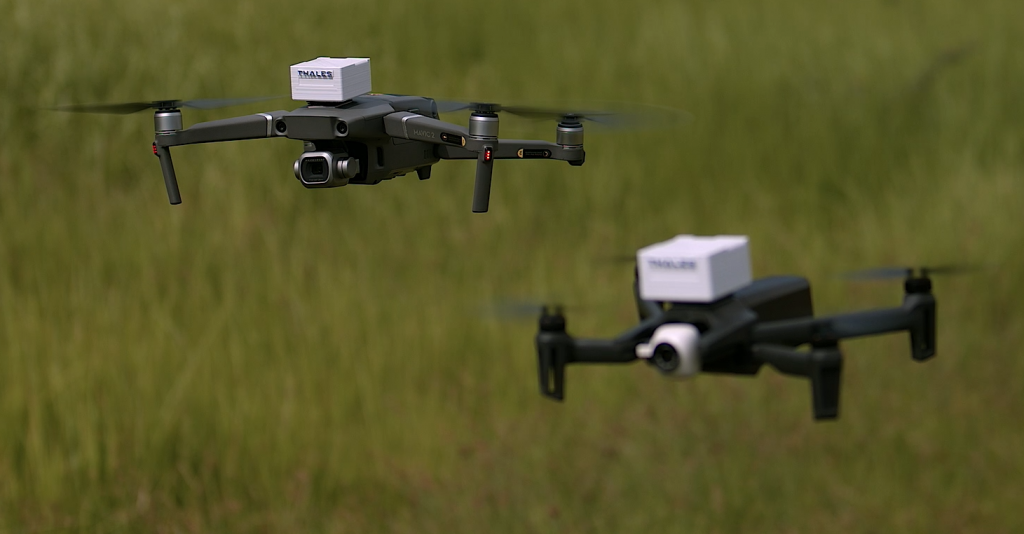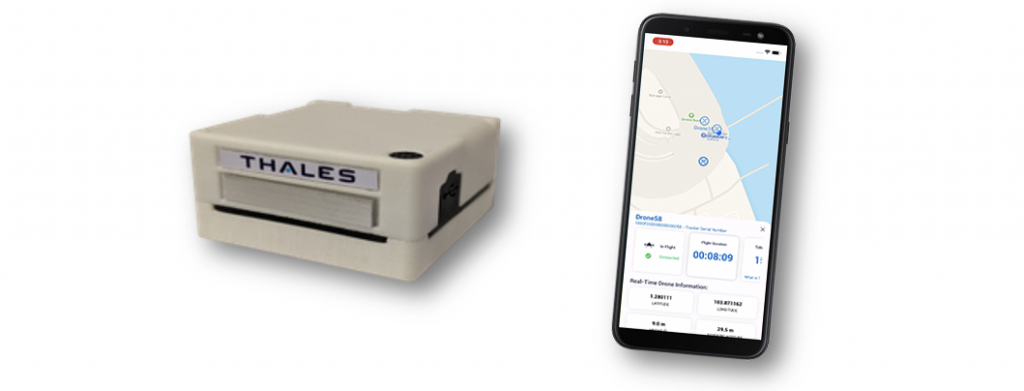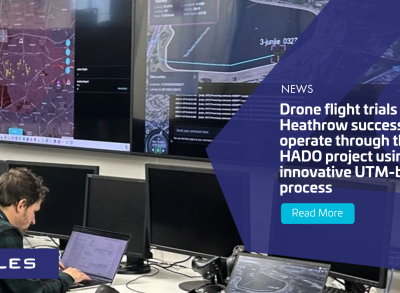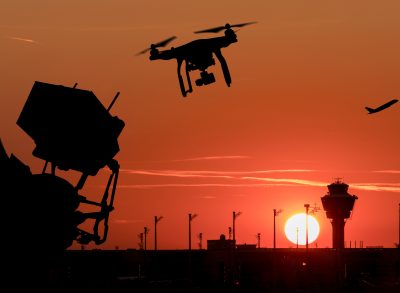How ScaleFlyt Remote ID identifies and tracks drones in increasingly crowded skies

Gek Hung, what is driving the need for the secure identification and tracking information of drones?
 The drone industry and drone usage are in constant growth, with ever more unmanned vehicles in the air, sharing the sky with manned vehicles. Therefore, ensuring the airspace remains safe and secure is essential. This means having the ability to track activities above our heads. This is something aviation authorities are taking very seriously. EASA (European Union Aviation Safety Agency) is already implementing a regulatory framework that encompasses drone operation services, processes and procedures, beginning with compulsory e-registration of pilots and identification of drones. The US Federal Aviation Authority will be deploying similar measures from 2023 onwards.
The drone industry and drone usage are in constant growth, with ever more unmanned vehicles in the air, sharing the sky with manned vehicles. Therefore, ensuring the airspace remains safe and secure is essential. This means having the ability to track activities above our heads. This is something aviation authorities are taking very seriously. EASA (European Union Aviation Safety Agency) is already implementing a regulatory framework that encompasses drone operation services, processes and procedures, beginning with compulsory e-registration of pilots and identification of drones. The US Federal Aviation Authority will be deploying similar measures from 2023 onwards.
How does the Thales ScaleFlyt Remote ID solution respond to those requirements?
The Remote ID solution is, in effect, a virtual license plate which enables a drone to be geolocated and identified, along with its remote pilot. In essence, it delivers the who, where, when, and why information about a given drone! That identification data is then transmitted through the cellular network, which means that airspace management authorities have long-range airspace awareness that extends far beyond their visual line of sight. The product supports both US and European standards and can be used universally where these standards are applied.
How does it work?
The core component of the Remote ID solution is a small (5cm x 5cm), lightweight (60g) box that is attached to the top of the drone. The tracking data is then transmitted based on the information inputted by the user into the associated system. Configuration is easy and tracking is straightforward. It is really as simple as attach, switch on, view my drone(s) on my mobile device or web app! In parallel, the drone can be monitored by the airspace manager monitoring all drones flying in a given airspace.
What are the key assets of the Thales ScaleFlyt Remote ID solution?
Drones are by nature connected, and can be considered as an IoT (Internet of Things) device. There is an increase in cyber attacks on IoT devices which can be disruptive and dangerous to drone operations. Hence, cybersecurity is a key area that Thales is focusing on. We are delivering a product which is cybersecure by design, from the embedded, tamper-proof SIM in the unit, to the encryption technologies used for the data transmission and data at rest – in short everything that communicates with and within the system is cybersecured.
How does ScaleFlyt Remote ID combine with other components of Thales’s ScaleFlyt suite of solutions?
The ScaleFlyt suite is a full set of solutions designed to enable operators to scale up their drone operations, by helping them easily comply with regulations, manage their fleet and equipment, and ensure all operations are safe and secure. Other than Remote ID, the ScaleFlyt portfolio includes a Geocaging offering to ensure drones remain within the designated zone of their flight mission; an Antijamming solution to detect, reduce or eliminate jammer signals so the operator can continue their drone operations; and the Soarizon digital platform so that operators can conduct pre-flight planning/risk assessment, manage equipment, and export mission data.
Pictured above: the Remote ID tracker and a view of the mobile application.
Why should operators choose ScaleFlyt Remote ID?
However big or small the operator is, they need to comply with regulations, and ScaleFlyt Remote ID delivers that capability. The global mobile connectivity is a major differentiator as it means that users will have no issues if flying across international borders. The cybersecurity dimension mentioned earlier is key. And, by working with Thales, users are also capitalizing on our longstanding avionics experience that plays such a large part in ensuring our products are reliable and airworthy. This expertise and market understanding feeds into our products, giving them a key competitive edge.
What does the future hold for ScaleFlyt Remote ID?
We are still in the early stages of our development, and the solution will continue to evolve in line with the emergence of regulatory standards and their deployment. As well as being driven by regulations, we will also be listening closely to customers, scaling up our own services so that we can provide the support they need.
Thank you Gek Hung.
-
Find out more about ScaleFlyt Remote ID: https://www.thalesgroup.com/en/markets/aerospace/drone-solutions/scaleflyt-remote-id-identification-tracking-safe-drone-operations





